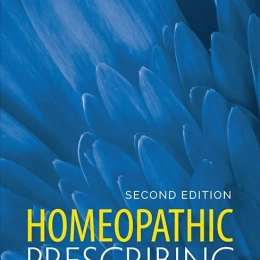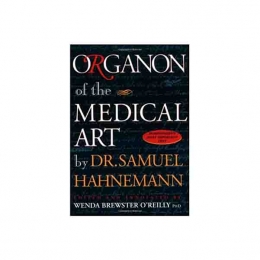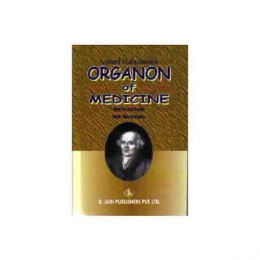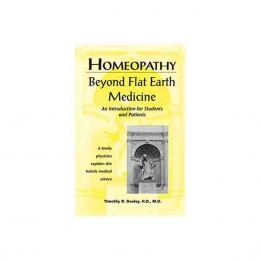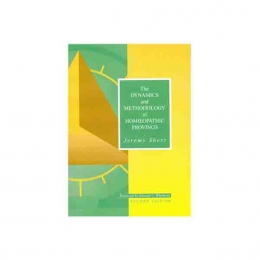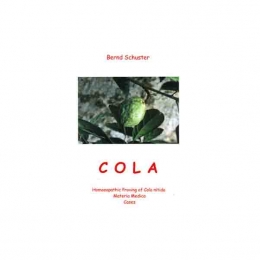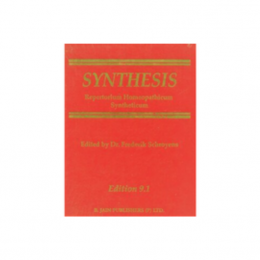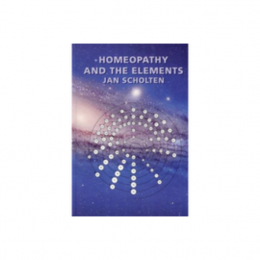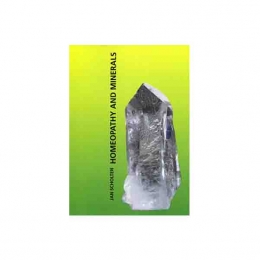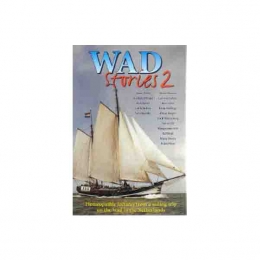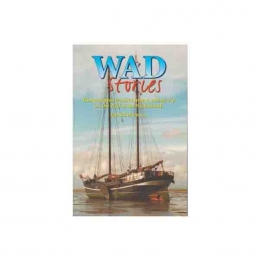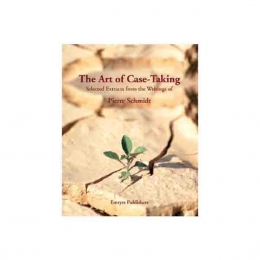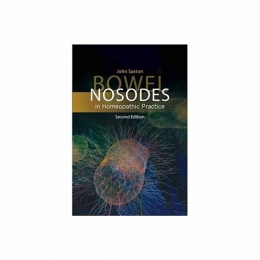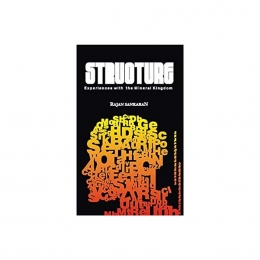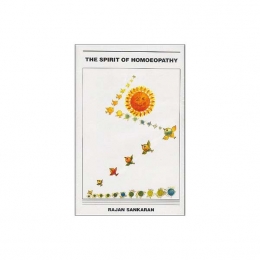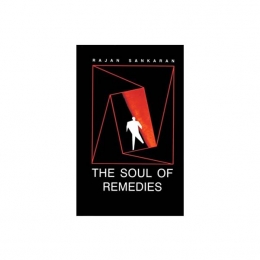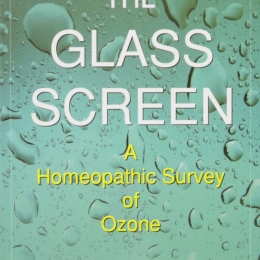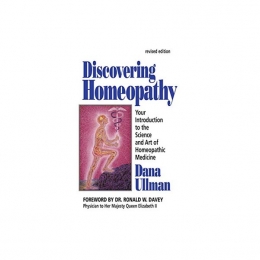The subject of this book is homeopathy and the elements of the periodic system. The remedy pictures of almost all the elements of the periodic system are described.
The periodic system is a table of all existing elements, the atoms, from Hydrogen to Radon, and of the radioactive elements, such as Uranium and Plutonium. The table has rows and columns in which the elements are grouped. A theory is developed about the use of the periodic system in Homeopathy. This theory shows that every row and every column has a specific theme. The seven rows are called series. The first series, the Hydrogen series, has the theme of coming into being. The second series, the Carbon series, has the theme of the development of the ego. The third series, the Silicum series , shows the theme of relationships. The fourth series, the Iron series, covers the theme of work. The fifth series, the Silver series, has the theme of creativity. The sixth series, the Gold series, shows the theme of the king, the leader.
Each series shows a development: the theme of the series is developed in eighteen stages. These stages, the columns, describe a development: starting a theme, rising, coming to a top, then declining again and in the end comes the loss.
In this theory every element can be described by the concepts of the series and the stage the element is in. A total picture is given of the periodic system as a spiral. Every wind of the spiral is a series or row. And every radiant is a stage or column. The spiral pictures the expanding consciousness: from the consciousness of the Ego in the beginning to that of a neighbourhood, a village, a city, a country and in the end the whole universe.
‘When you have seen that a patient who doubts for years what to do with his life, takes clear decisions suddenly after a dose of Scandium, and also executes them (and has got rid of all kind of fears at the same time), you want to have this book at your desk next to the Repertory.’ - Frans Kusse, SSC, Vol 26, Nr2, 1996.
Excerpt from Foreword: Finding the right remedy is the greatest challenge of homeopathic medicine. It seems that I am stating the obvious. But this isn’t altogether true. The greatest challenge is to admit that you haven’t yet found the remedy you are looking for. One of the greatest eye openers ever was the reverse similars law presented to me by Jan Scholten one day: an unknown picture needs an unknown remedy. A brilliant hint and food for thought for all of us who are involved in homeopathy, for the anxious seeker who is looking for that one remedy that will cure his problem patients, as well as for the complacent ruminator who thinks he has seen it all by now.
A pint of discussion that we frequently encounter is whether homeopathy is an art or a science. This discussion all depends on the theoretical question whether heuristics belong to the domain of science, or whether it should be seen as so called ‘pre scientific procedures’. Heuristics is the methodology of searching. In order to find something new you have to try to find out where to look for it and this is in turn related to your problem-solving urges. In other words, if you accept that the way things are is just fine, then you will never feel the need to look at other horizons. But when you recognize the problem of the status quo, you will go and search for missing links and boundaries that can be shifted.
This book is all about the periodic system. The best introduction to the new ideas presented in this book is to suggest the following exercise. Take a large sheet of paper and draw a grid of 18 vertical columns and 7 horizontal lines and then proceed to fill in the elements in the usual way, starting with Hydrogen, Helium, Lithium, etc.
Next take the most extensive Materia Medica you can find and make a note of the most important rubrics of each element in its appropriate compartment. When you have done that stand back and take a look. You will notice that most of the spaces are empty. Now ask yourself this question: “Why are there so many empty spaces, while others are filled up with polychrests like Ferrum metallicum, Phosphorus, Sulphur, or Aurum metallicum? Are you beginning to get a sense of the problem? You have just asked yourself a very heuristic question. The only step that lies between a question and an answer is ACTION! That is precisely what Jan Scholten did and the result is this book: a Materia Medica of the periodic system. The book that is in front of you right now will enable you to start filling in those empty compartments.
880 pages, hard cover

